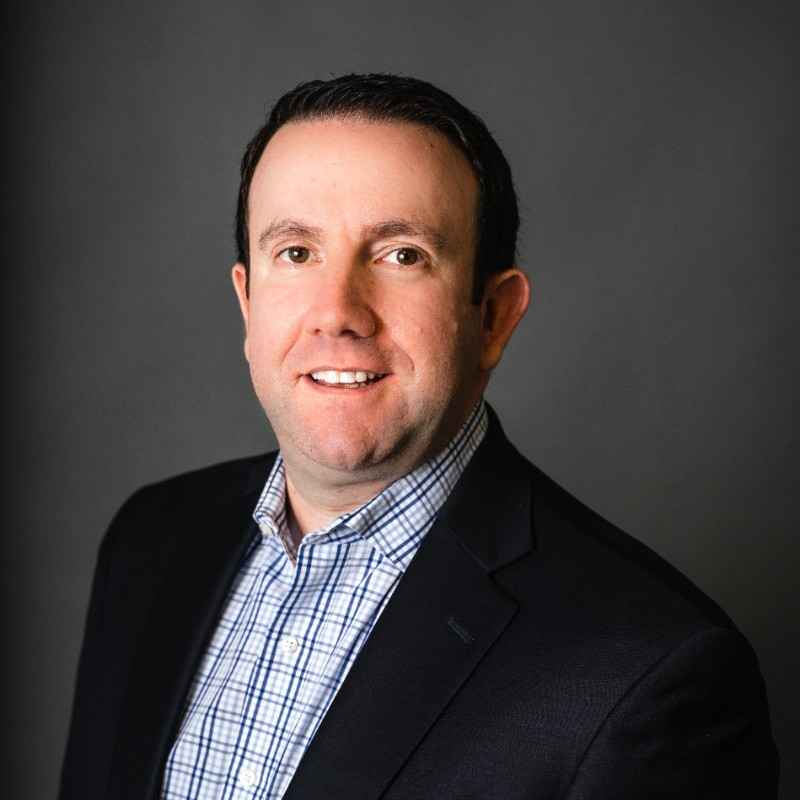ACA Affordability Threshold Rises In 2025: What Employers Need To Know
Key considerations for plan years, safe harbors, and the family glitch
Posted on 01-27-2025, Read Time: 6 Min
Share:
Highlights:
- The 2025 ACA affordability percentage increase to 9.02% gives employers more flexibility in premium costs while maintaining compliance.
- Employers must ensure compliance with affordability safe harbors, including W-2, rate of pay, and federal poverty level calculations.
- The removal of the ACA’s family glitch continues to affect coverage eligibility for employees’ dependents, especially under the new affordability percentage.

The increase means employers will have more flexibility in increasing employees’ premium costs while still remaining affordable.
The ACA’s employer mandate requires applicable large employers to offer full-time employees at least one health plan that provides affordable, minimum-value coverage, along with minimum essential coverage to their dependents. Failure to comply can result in a penalty.
The annually indexed affordability percentage was 9.12% for the calendar year 2023 and 8.39% for 2024. The 2025 increase to 9.02% is still the second lowest (after 2024’s) since the ACA’s employer mandate has been in effect.
How the Increase Shakes Out
It helps to do the calculations to see the potential impact.In 2024, an employer using the hourly rate of pay safe harbor to determine affordability can charge an employee earning $12 per hour up to $130.88 ($12 X 130= $1,560 X 8.39%) per month for employee-only coverage. However, in 2025, that employer will be able to charge the same employee $140.71 ($12 X 130= $1,560 X 9.02%) per month for employee-only coverage, and still use that safe harbor.
Employers whose plans don’t align with the calendar year must use the 2024 affordability percentage until their new plan year starts. Alternatively, they may use the new affordability percentage to adjust employee contributions as of Jan. 1, 2025, but not without adequate notice. Changing contributions during the play year may also allow employees to change their corresponding elections under the cafeteria plan rules.
The 2025 FPL Safe Harbor
Employers can choose among three safe harbors in establishing affordability: the W-2, the rate of pay, and the federal poverty level (FPL) safe harbor.The latter is the simplest to implement (though it can result in a lower cap than the others). This requires employers to offer at least one plan option where the employee’s contribution for individual coverage does not exceed 9.02% of the FPL for the applicable region.
The 2024 FPL for the 48 contiguous states and Washington, D.C. was $15,060, for a maximum employee contribution of $113.20. The new FPL for 2025 will be announced early in the year; employers whose plan years start July 1, 2025, or later will be able to use the 2025 FPL amount.
Don’t Forget the ‘Family Glitch’
Also important to remember is the 2023 removal of the “family glitch,” as the increase in the affordability percentage may have an impact on coverage for the employee’s family members.The glitch involved a rule that prohibited an employee’s family members from being eligible for subsidies when the employee was offered affordable, minimum-value medical coverage. There was no new penalty exposure with the rule’s removal.
It did, however, mean that family members could be eligible for subsidies should an employee’s offer of family coverage not be affordable based on household income. The increased affordability percentage may mean family members are no longer eligible for subsidies in 2025.
Beware the Compliance Failure Penalties
On the compliance front, the Internal Revenue Service (IRS) has intensified its enforcement of the ACA’s Employer Mandate in recent years, a reminder to employers to take extra care with filings and calculations.There’s a lot to look out for.
Start with the affordability “test.” If affordability isn’t ascertained when premium increases are passed through, a penalty could be assessed for every employee who enrolls in exchange coverage and qualifies for financial assistance.
The accuracy and documentation of employers’ full-time and full-time equivalent employees also are under scrutiny. It takes a good understanding of how they are defined, for starters. ACA full-timers average at least 30 hours a week; 130 hours a month. Full-time equivalents are part-timers whose aggregated total hours equal a full-time employee.
If the IRS ACA penalty notices have been increasing, the good news for applicable large employers is that their employer mandate penalty amounts for non-compliance for 2025 are being reduced. Some observers suggest this may signal a change in employer health coverage enforcement. Stay tuned.
Author Bio
 |
Cory Jorbin (Esq.) is the Chief Compliance Officer for HUB International’s West Region Employee Benefits team. Cory consults with employers of all sizes to design, implement and ensure the compliance of employee benefit plans. Cory enjoys finding creative and practical solutions to problems created by complex laws and regulations. He holds a Bachelor of Arts degree from DePaul University and a Juris Doctorate from Cleveland State University. Cory is a licensed attorney in the State of Illinois and is admitted to practice before the US Tax Court. |
Error: No such template "/CustomCode/topleader/category"!
